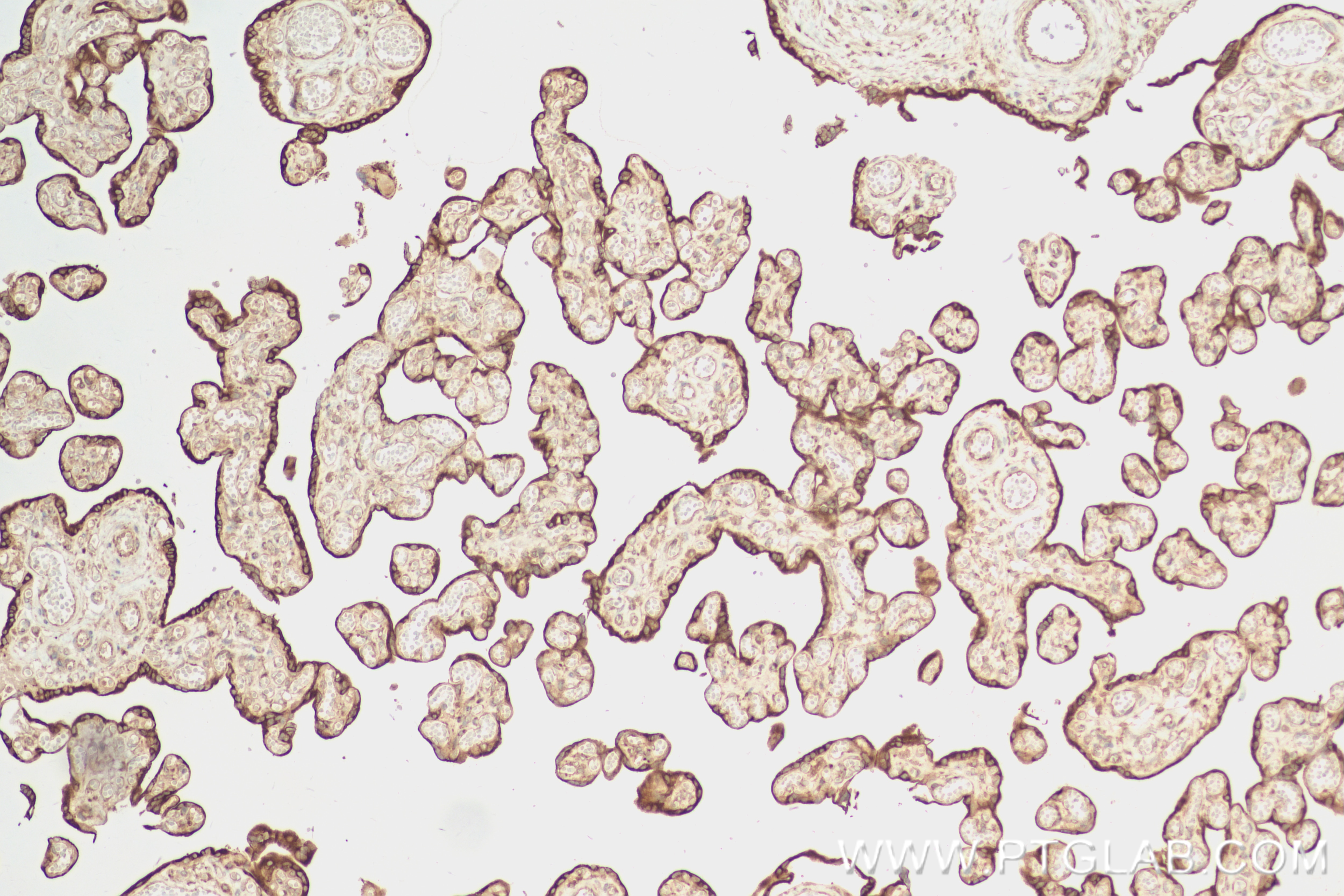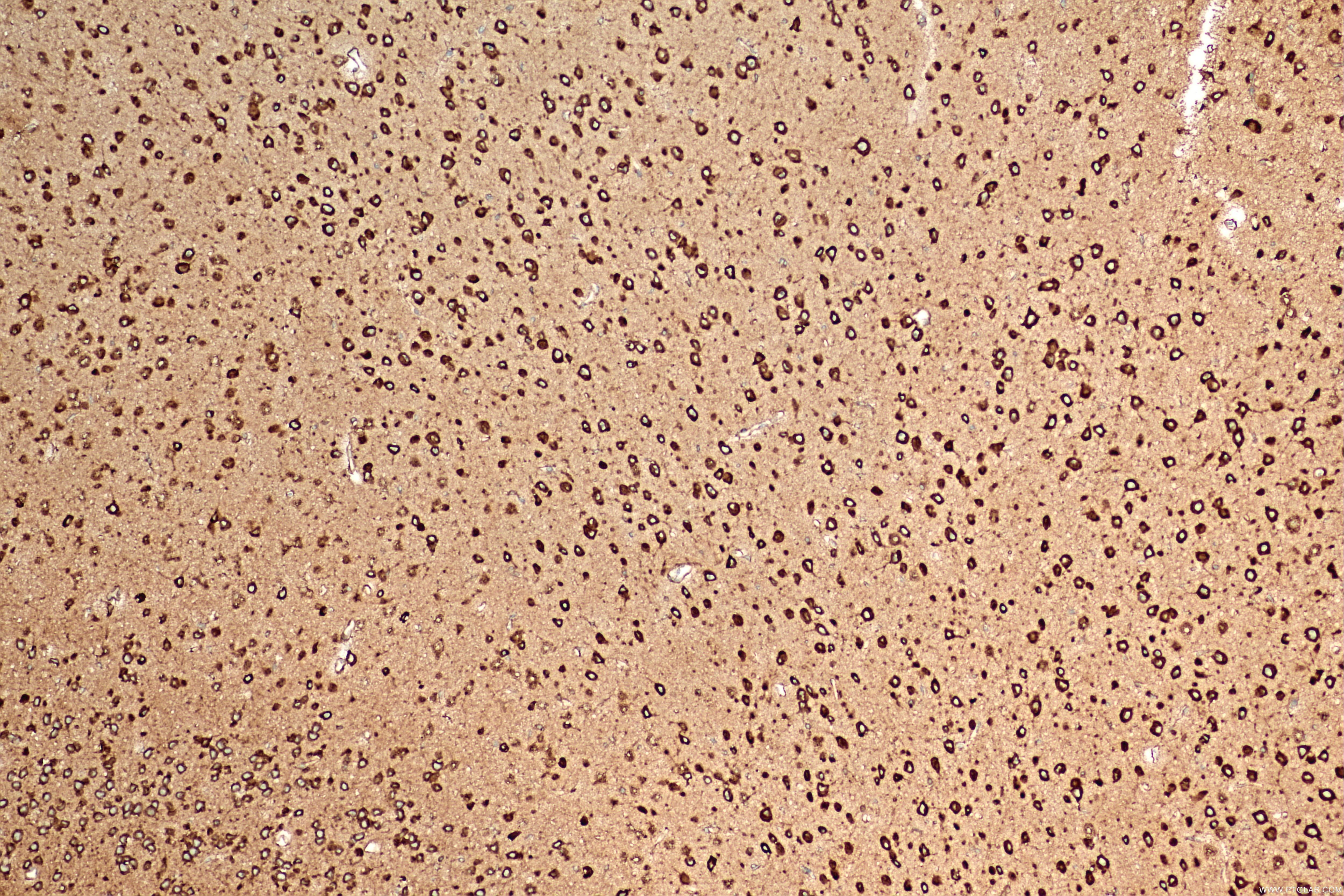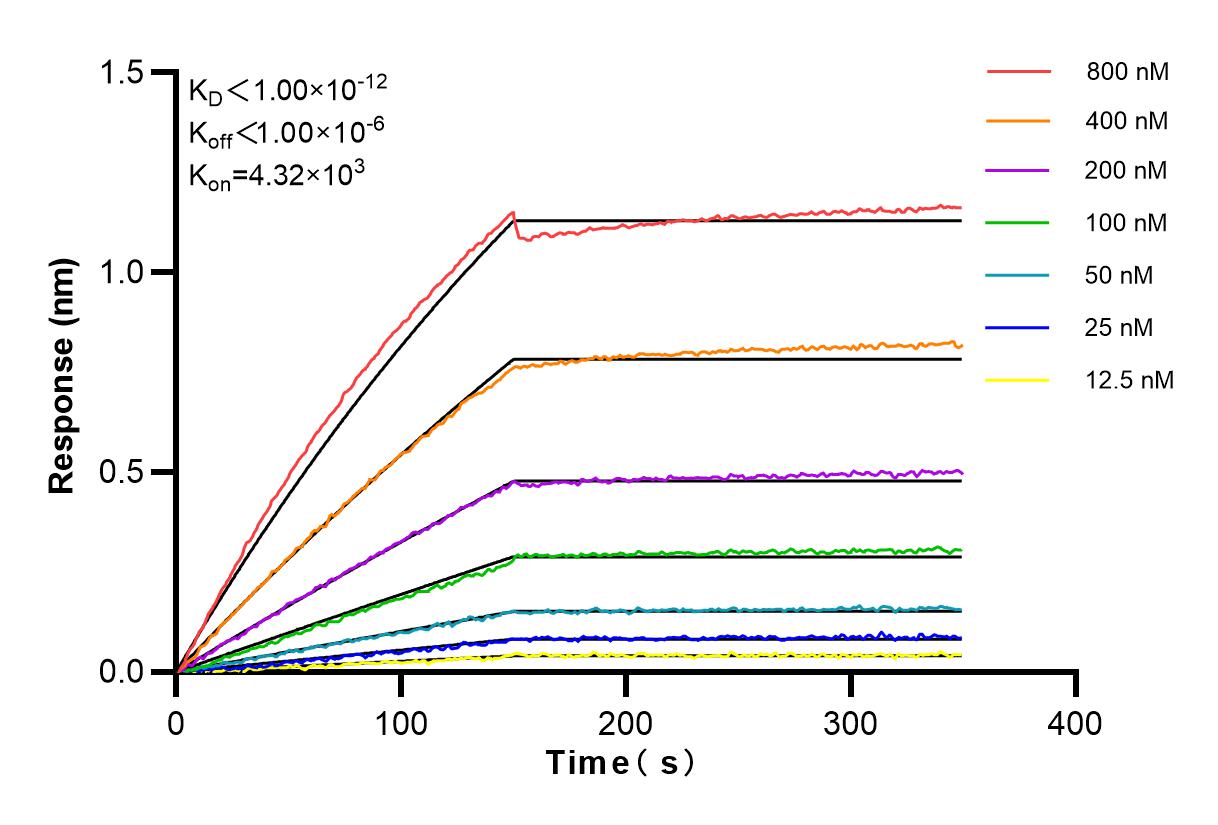Validation Data Gallery
Tested Applications
Recommended dilution
| Application | Dilution |
|---|---|
| It is recommended that this reagent should be titrated in each testing system to obtain optimal results. | |
Product Information
84077-6-PBS targets FKBP2 in WB, IHC, Indirect ELISA applications and shows reactivity with human, mouse, rat samples.
| Tested Reactivity | human, mouse, rat |
| Host / Isotype | Rabbit / IgG |
| Class | Recombinant |
| Type | Antibody |
| Immunogen | FKBP2 fusion protein Ag2255 相同性解析による交差性が予測される生物種 |
| Full Name | FK506 binding protein 2, 13kDa |
| Calculated molecular weight | 142 aa, 16 kDa |
| Observed molecular weight | 13-16 kDa |
| GenBank accession number | BC003384 |
| Gene Symbol | FKBP2 |
| Gene ID (NCBI) | 2286 |
| Conjugate | Unconjugated |
| Form | Liquid |
| Purification Method | Protein A purfication |
| UNIPROT ID | P26885 |
| Storage Buffer | PBS only , pH 7.3 |
| Storage Conditions | Store at -80°C. |
Background Information
FKBP2 is also named as FKBP13 and belongs to the FKBP-type PPIase family. It catalyzes the cis-trans isomerization of proline imidic peptide bonds in oligopeptides. FKBP2 has a 21-amino acid signal peptide and appears to be membrane-associated(PMID:1713687). It is localized to the lumen of the endoplasmic reticulum (ER). FKBP12 and FKBP13 are highly similar proteins, of molecular masses 12 kDa and 13 kDa respectively, with approx.43 % amino acid identity. The strong homology between FKBP12 and FKBP13 suggests that they may share similar biological functions, although, apart from rotamase activity, details relating to the function of either protein are scant (PMID:8373365).



